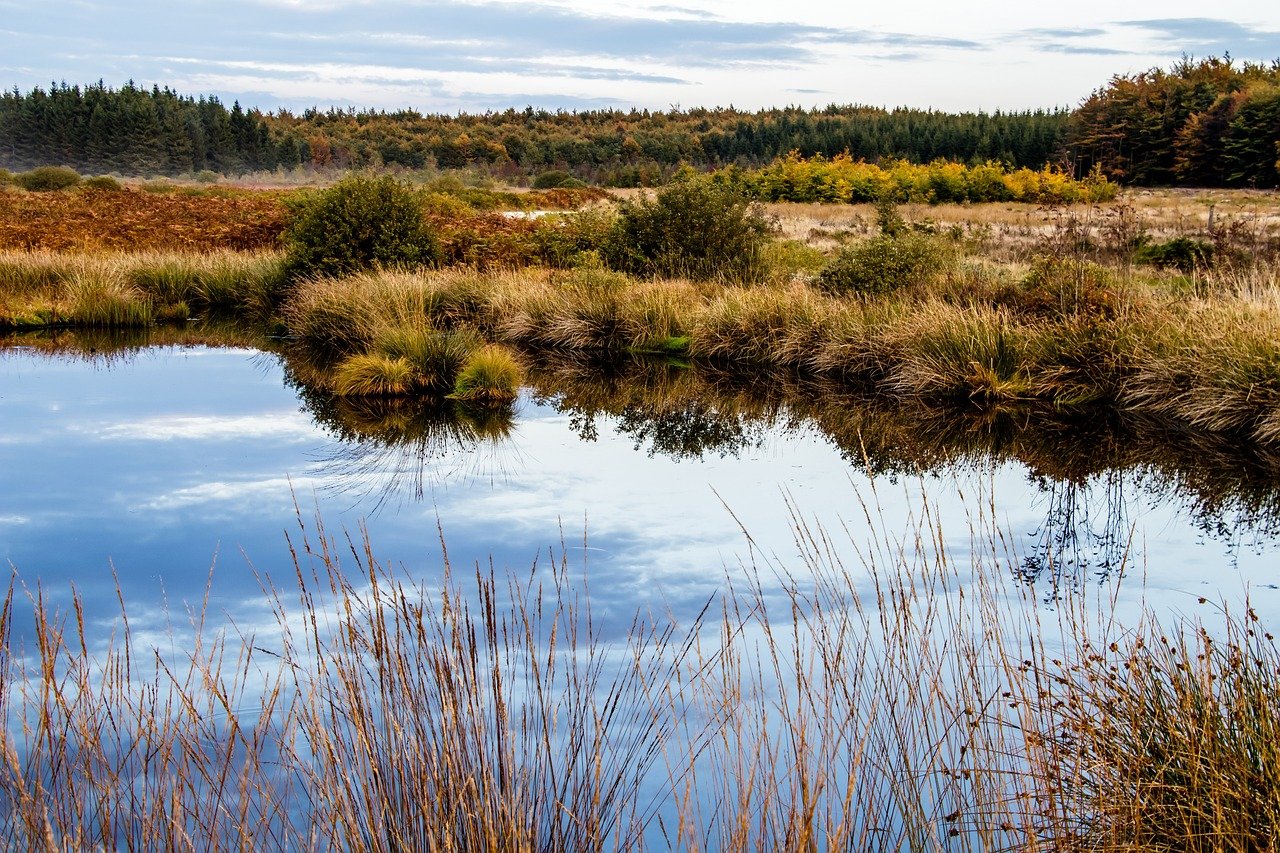
The wolf is usually harmless to humans and mostly avoids us - although young wolves can be more curious than adult animals.
Wolves do not associate cars and houses with humans. Therefore, they are not perceived as a threat and are not necessarily avoided.
Encounters
Wolf Habitat
Wolves accept settlement areas as part of their natural habitat. They are not dependent on “wilderness areas”. Therefore it happens, that wolves walk past or sometimes through human settlements - mostly at dusk and night, when they are less disturbed by humans, but also during the day. Despite that, you can still move freely in areas where wolves live.
What to do in case of Encounter
In case that you encounter a wolf or pack at close range:
• In case of hiking in a wolf area, the best prevention for any conflicts is keeping your dog close and on a leash
If you are hiking in a protected area (National Parks, Regional Parks etc.) do not take your dog with you at any circumstance
• Do not run or turn away, try to stay calm and if needed, slowly move backwards
• If you are approached by a wolf, step toward the wolf, yelling or clapping your hands
• Do not follow the animal under any circumstances and do not try to attract it by feeding, in order to photograph it
• Aggressively use poles, rocks, limbs, noisemakers or other handy items to discourage wolves from approaching
• In areas where wolves are present, waste containing food should be securely closed to avoid passive feeding of wolves
Also talk to your children about the wolf. The same behavioral tips apply to children as to adults.
European Wolf Populations
The wolf has been categorized into 10 populations by the Large Carnivore Initiative for Europe (LCIE). The classification is based on various factors, including distribution, social, ecological, and political considerations.
The ten populations are North-Western Iberian, Sierra Morena, Alpine, Italian Peninsula, Carpathian, Dinaric-Balkan, Baltic, Karelian, Scandinavian and Central European Lowlands.
All these populations result from natural dynamics and no wolf reintroduction has ever been carried out in Europe.
Map source: Kaczensky, Petra et al. (2021). Distribution of large carnivores in Europe 2012 - 2016: Distribution maps for Brown bear, Eurasian lynx, Grey wolf, and Wolverine [Dataset]. Dryad. https://doi.org/10.5061/dryad.pc866t1p3









